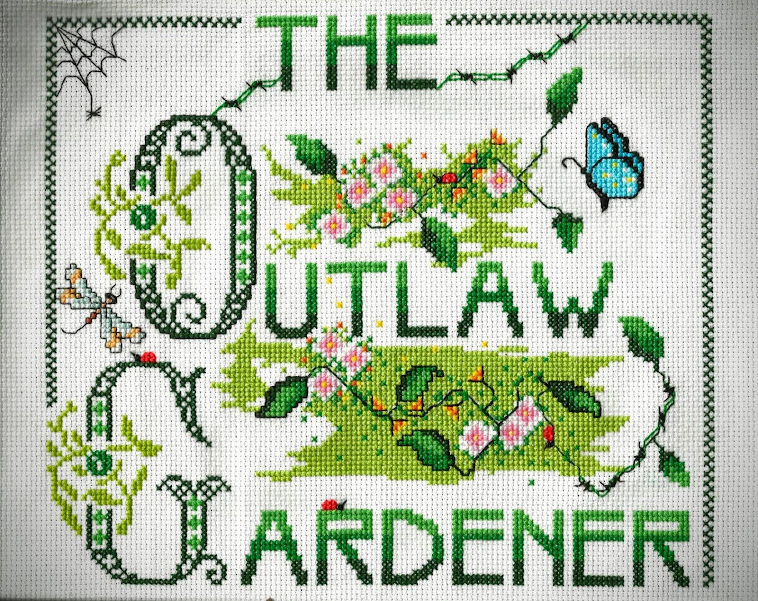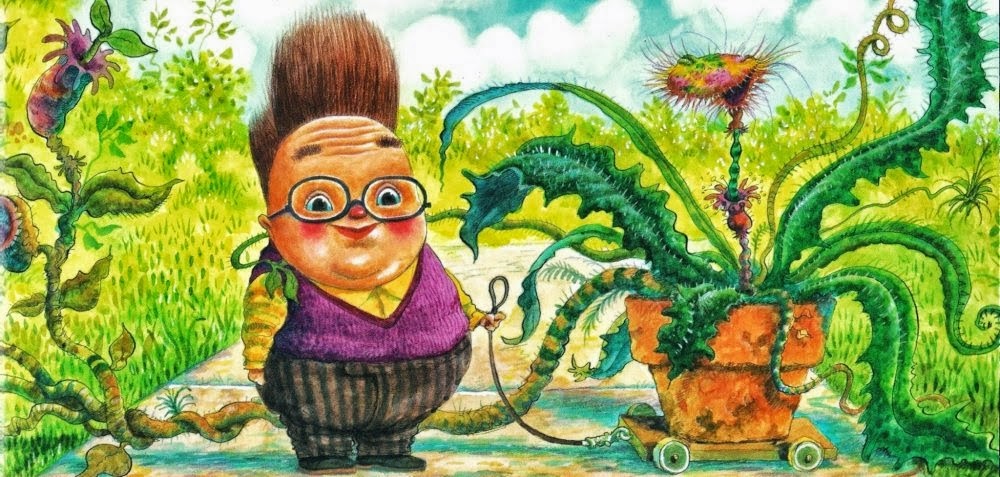It's hard to believe that November is almost over and I haven't done any shopping for Christmas yet. Yikes! My sister from Alaska did all her shopping for relatives in this area while she was here for Thanksgiving and distributed her gifts then too. Being the oldest sister, she's always a few steps (more like a mile) ahead of the rest of us in getting things done in a timely manner and shopping year round for thoughtful gifts. I, on the other hand, will be wondering what people might want up until Christmas eve. and then sending gift cards via the internet at the last minute.
On Saturday, I took a walk around the garden with my camera in hand and decided to find things that make me happy about what winter will bring.
The contorted filbert will loose it's leaves exposing it's beautiful twisted branches.
Yucca 'Color Guard' will look gorgeous all winter and I'll smile when seeing it because giant allium bulbs are planted in the pot and will make a gorgeous color combination next summer.
My persimmon tree has produced three fruits, a bumper crop by it's standards. It came with me as a small tree from my former garden, lost it's leader when a huge branch from the Albizia julibrissin decided to fall on it. Now the poor thing sprawls but has nice foliage and the original thought was that a leafless tree full of orange fruit would look festive against the evergreen foliage behind. I threaten to remove it every year but don't. What would you do?
The black mondo grass that has spread around my beds is the star in winter when the herbaceous plants that grow around them are gone.
Variegated Fatsia japonica will look great all winter unless the pot that it's growing in gets a clogged drain hole, traps water and drowns the poor thing.
Cyclamen foliage adds beautiful green all winter long.
This variegated giant grass looks great now but even after it's brown, it will contribute lovely structure and movement.
It's a little over 10 feet tall and decided that the heavy rains we had a couple of months ago were too much for it and it sprawled out all over everything beneath it. Oh well.
Berberis 'Orange Rocket' holds on to it's glorious foliage longer than a lot of deciduous shrubs. Now if I could finally get rid of that fern that volunteered there, life would be great. The acacia pravissima on the right will look great towering over everything unless it dies this year.
I understand now why people like palms so much. They look great all of the time!
Winter tidies up a bid so that the garden paths will become a little more visible again.
The bottle tree is pretty much covered with foliage all summer but now will add a little winter color. It's blurry but the Mahonia behind the bottles is beginning to bloom.
As the banana begins to droop from the frost, what we call the Dr. Seuss tree, that topiary that adds some needed structure to the jungle, can be seen from the back door again.
The Buddha above the water feature which all summer hides behind the magnolia foliage once again greets me.
I'm hoping this new puya will be happy this winter. It's growing sideways so should get very little water on it's roots this year.
A few maple leaves still showing color but the euonymus behind is a delightful variegated broadleaved evergreen. Yea.
The red berries of Cotoneaster lacteus will add their nice red punctuation all winter before I have to find a place to plant it permanently. Acacia dealbata in the black pot will be pulled inside if the temps get too low.
Rubus thibetanus (Ghost Bramble) is showing it's ghostly white color nicely. Maybe I shouldn't have cut it back so hard but I need to get back there and pull a lot of that hedera helix that keeps planting itself and growing hidden beneath the summer foliage. BTW the leaves on everything are a protective organic mulch NOT a symptom of LGS (Lazy Gardener Syndrome.)
Some rogue tetrapanax - can't bring myself to pull them all because they add such an interesting tropical canopy over the path in the summer. Someday Schefflera delavayi over by the bench will be large enough to walk under.
Arbutus unedo flowers and fruit decorate the path. Sweeping these away would deprive us all of this delightful aesthetic experience.
Or maybe I'm just in denial about my LGS.
Going back. Love that the variegated Azara microphylla has now attained enough size to really stand out.


